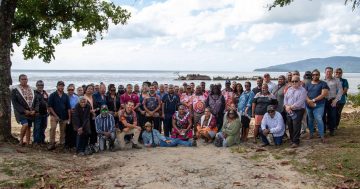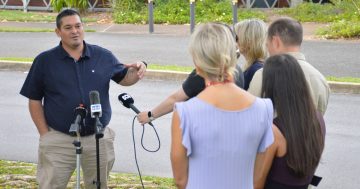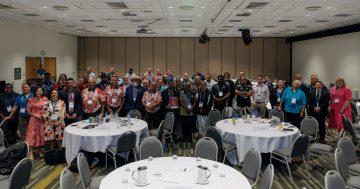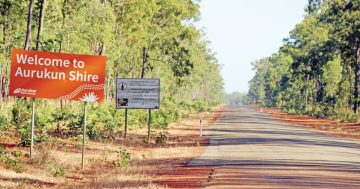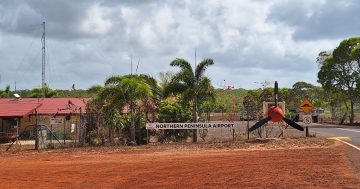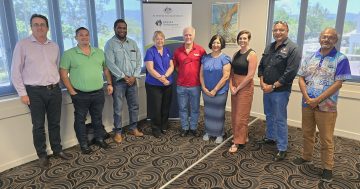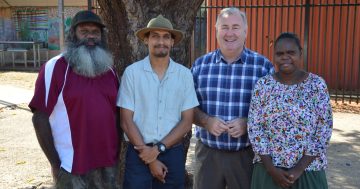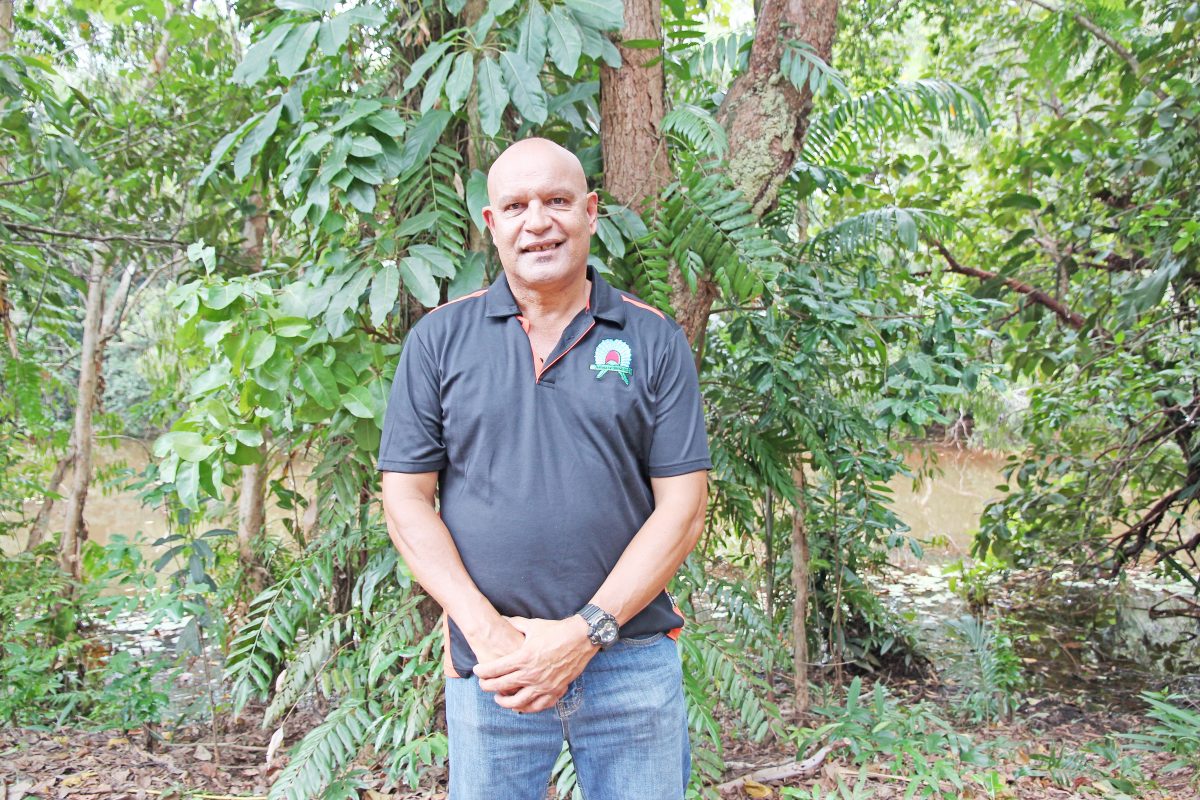
It’s unlikely there will be many smiles this week when Indigenous mayors like Northern Peninsula Area’s Robert Poi Poi head to Canberra to plead their case for the social housing crisis in places like Cape York to be taken seriously. Photo: Supplied.
You have to feel for the cohort of Indigenous Queensland mayors who are this week travelling to Canberra to lobby for a fair go when it comes to funding remote social housing in places like Cape York and the Torres Strait.
Firstly, some of the mayors will rack up round trips of almost 8,000 kilometres as they attempt to get the message across that the current funding and delivery model is failing some of the state’s most disadvantaged stakeholders. Secondly, they are likely to step out of the airport into winter conditions up to 30 degrees less than they left up in this part of the world. Thirdly, well, anyone who’s had to voluntarily spend any amount of time in the Canberra bubble will be able to fill in the blanks regarding numero tre for themselves.
One mayor has regularly used the example of 11 people living in a two-bedroom house in his eastern Cape York community. Does that sound familiar? It should, because it’s a story told umpteen times to date, and one those in the nation’s capital have absolutely heard and ignored repeatedly.
Another Cape York mayor told me they had “seven or eight, sometimes maybe 10” people as neighbours in a three-bedroom, one-bathroom house in their community.
Prime Minister Anthony Albanese looked like the cat who ate the canary in March when he announced a $4 billion partnership with the Northern Territory Government to build 2,700 homes across the border over the next decade. Queensland is still waiting for a similar commitment, but perhaps the most important question is how the government has costed the project at an astronomical $1.48 million per house. It’s expensive to build infrastructure in remote parts of the country, sure, but how can such a bottom line per dwelling be justified, when similar money will get you a four- or five-bedroom, multi-bathroom property in a leafy part of Canberra?
If the cost of nearly $1.5m per house is accurate, someone needs to come in and audit the NT deal, and determine the point of failure that’s set to line the pockets of builders and project management firms to the detriment of those missing out on new social housing because the taxpayer-funded piggy bank is being pillaged.
I will point out here I’m painfully aware the State Government is responsible for the provision of social housing in Queensland, however, the scope of that very much depends on the Federal Government, and how much those like Treasurer Jim Chalmers are prepared to loosen the purse strings.
Until we can get those making the budget and service delivery decisions on the ground in our remote communities to get a first-hand appreciation of just how bad things are when it comes to social housing, no real change is possible. Making our remote mayors go cap in hand to the hallowed halls of Parliament House is not only disingenuous and horrible leadership, but an embarrassing waste of already stretched time and resources.
Those in Canberra and Brisbane driving remote social housing policy need to do better. A lot better. Has anyone told them the planes can actually fly north, rather than expecting our elected Cape York and Torres Strait leaders to make the southern pilgrimage every time they want to have a critical conversation?
If they saw what nearly a dozen people crammed into a two-bedroom house looks like, and the impact it has on individual and community wellbeing, perhaps their consciences would help deliver genuine change. Politicians are still ethically driven, right?
Original Article published by Lyndon Keane on Cape York Weekly.


